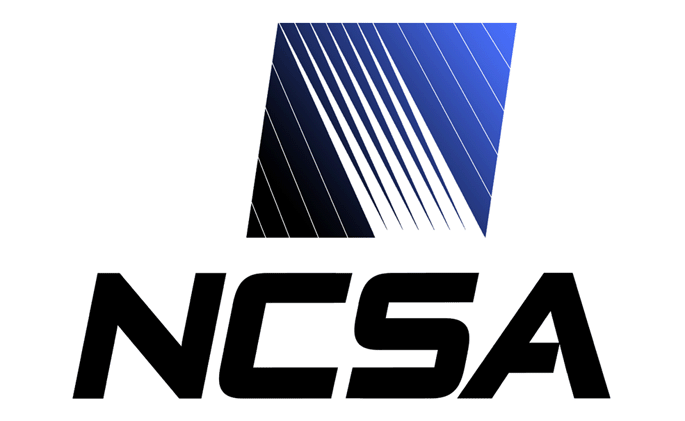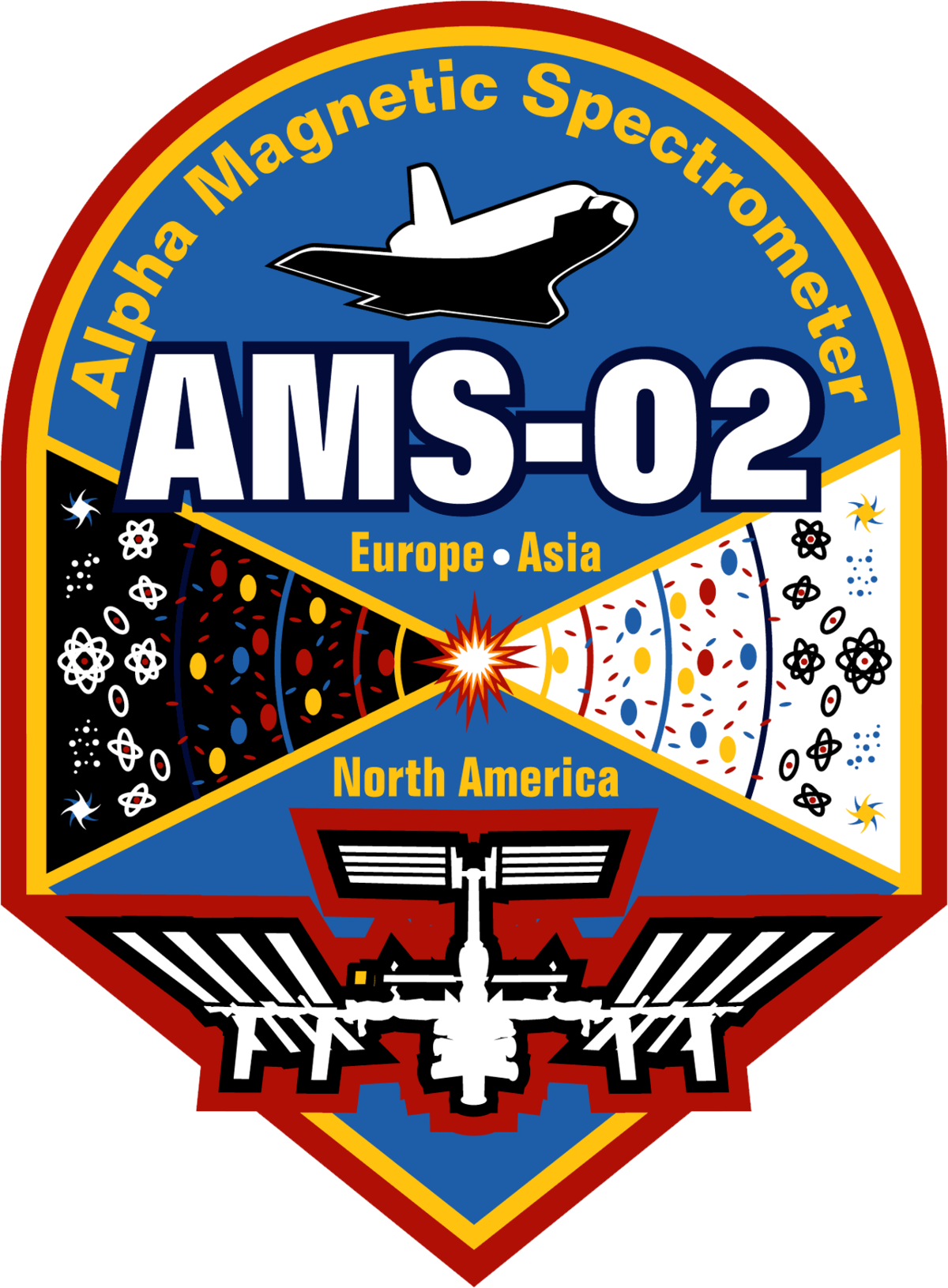Computational Reproducibility

I joined the National Center for Supercomputing Applications (NCSA) as a postdoc in 2016. I’ve been studying hardware, software, and sociological barriers to the successful replication or reproduction of computational experiments, otherwise known as computational reproducibility.
I became concerned about the work necessary to replicate another researcher’s results during my graduate work. There, it was difficult to replicate even another group member’s work in order to furthur my own thesis research. There are many reasons researchers give as excuses to not publish their work.
Broadly, my current research can be summarized by the following points:
- What sociological factors affect the availability of source code in computational science
- Given the availability of an article’s code, what is the likelyhood of a researcher getting that code to run and produce results similar to the original article?
- Given the availability of article code which runs successfully and produces results as in its original paper, are there any software or hardware constraints which can affect the fidelity of this replication?
For an in-depth discussion of computational reproducibility, please see the computational reproducibility topic.
Experimental High Energy Physics
I did my graduate work at MIT in experimental particle physics. This is the study of the universe’s fundamental particles in an effort to better understand the laws of nature. Specifically, I worked on the Alpha Magnetic Spectrometer (AMS) experiment.
AMS

The AMS is a particle physics detector located on the International Space Station (ISS). It is composed of several detectors which are sensitive to charged particles and allow the detector to classify passing charged particles according to their charge, energy, and species. This allows scientists to study charged cosmic rays which permeate the universe. Hypotheses about their production mechanisms can be tested with this data to gain a better understanding of how our universe works on a fundamental level.
The most exciting measurement AMS is currently making is the positron fraction on which I did my thesis (You can also get my thesis here). The positron fraction is sensitive to the existence of some models of Dark Matter. These models theorize that Dark Matter is composed of so-called ‘WIMPs’ or Weakly Interacting Massive Particles. Some of these models posit that this type of Dark Matter is capable of decaying into Standard Model particles including electrons and positrons up to high energies. This additional positron production is visible in the positron fraction measurement which AMS is making. The competing background is positrons produced naturally by astrophysical sources in the galaxy. After a long and careful measurement, AMS may be able to distinguish these two production sources. See AMS’s website for updates.
